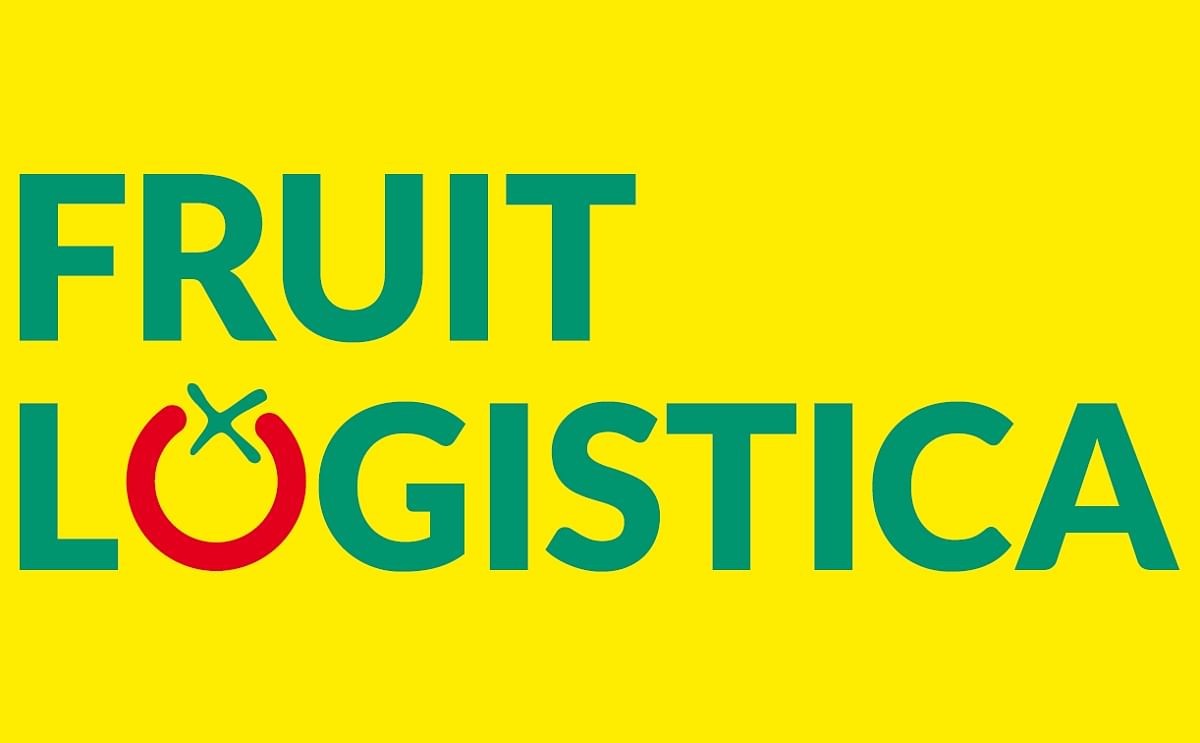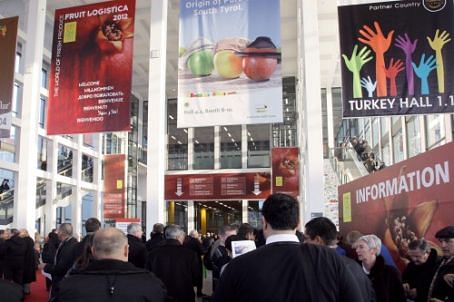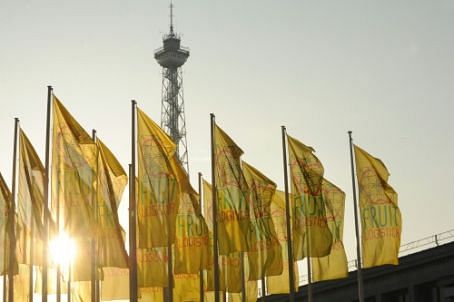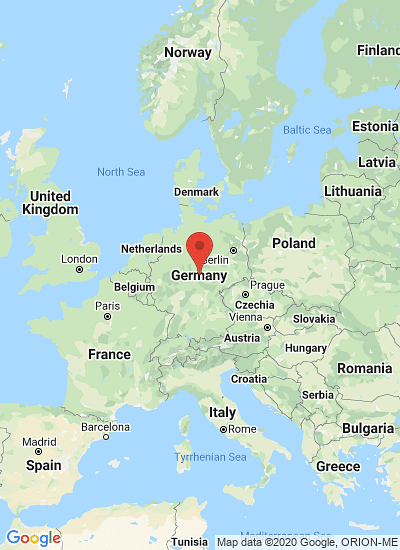Fruit Logistica
Fruit Logistica 2012: The global fresh produce trade meets in Berlin

With a complete market overview of international fresh produce business logistics, the 20th edition of FRUIT LOGISTICA highlights the event's status as the industry's leading trade fair.
All key market players as well as small and medium-sized companies within the international value chain will be present at the Berlin Exhibition Grounds from 8 to 10 February 2012. Some 2,537 exhibitors from 84 countries will be presenting a full range of products and services from all levels of fruit and vegetable production and marketing. Around 90% of the exhibitors are coming from outside Germany.
More than 56,000 trade visitors from 130 countries will be at the trade fair and accompanying conferences. The visitors include all major industry decision makers and commercial partners from the wholesale and retail trades, along with fruit and vegetable growers, importers and exporters. The biggest contingents based on the number of exhibitors are from European produce trading nations: Italy (457), Spain (274), the Netherlands (266), Germany (265) and France (238). New at FRUIT LOGISTICA 2012 are exhibitors from Mauritius, Montenegro, and Mozambique.

Visitors entering Fruit Logistica 2012. Over 56.000 trade visitors from 130 countries are expected to visit the trade show in Berlin.
According to Messe Berlin GmbH COO Dr. Christian Göke , "More than any other top international trade fair, FRUIT LOGISTICA has established a unique position as industry leader. The key criterion is the fact that this is a must-attend event for virtually all key decision-makers and fresh produce trading partners. With 90 per cent of the exhibitors coming from outside of Germany, FRUIT LOGISTICA is more international in scope than any other trade event in Germany. The success story of this exhibition is impressive and the 20th edition of FRUIT LOGISTICA is bound to set new records."
Turkey is the FRUIT LOGISTICA 2012 partner country . With a growing international demand for its high quality products, an enormous production capacity and increasingly competitive structure, Turkey is one of the world's leading fresh produce trading nations. The country, which annually produces 44 million tonnes of fruit and vegetables with exports valued at USD 2.1 billion, has been present with a joint exhibition stand at FRUIT LOGISTICA every year since 2000. Turkey exports 2.9 million tonnes of fruits and vegetables annually. This is equivalent to 6.6% of total production. The country is aiming to increase the value of its exports to USD 10 billion by 2023. FRUIT LOGISTICA is likely to play an important part in achieving this ambitious goal. Turkey is gearing up for its biggest trade fair appearance with a 1,000 square metre stand in Hall 1.1 and 38 companies from the fresh produce and packaging sector. The country's presence will be organized for the ninth time by the Mediterranean Exporter Unions.
Parallel to FRUIT LOGISTICA 2012, Messe Berlin is presenting FRESHCONEX 2012 , the international trade fair for fresh produce convenience, in Halls 7.2b and 7.2c. This fresh produce segment is also represented throughout the FRUIT LOGISTICA exhibition area. The specially signposted FRESHCONEX Route points the way to companies presenting fresh convenience products. It also highlights the "Packaging", "Processing Technologies"and "Food Safety"segments.

Fruit Logistica 2012
According to the latest figures from the AMI (agricultural market information service) in Bonn, 850 million tonnes of vegetables (excluding melons and potatoes) and 725 million tonnes of fruit (including melons) were produced worldwide in 2011.
Production figures for both fruit and vegetables have steadily increased over the past few years. Apple production in the Northern Hemisphere increased in 2011, while citrus fruit production remained at the previous year's figures. Melons are the most frequently harvested fruit, followed by bananas. Together they account for a volume of 100 million tonnes. Equally important are apples, grapes and oranges with a harvest of around 70 million tonnes. Together, the five most important fruit varieties make up 60% of the total harvest. The spectrum is more varied for vegetables with the five leading varieties (tomatoes, onions, cabbage, cucumbers and aubergines) accounting for only about 45% of total production. Around 10% of the worldwide production of key fruit varieties is traded internationally. For fresh vegetables, this figure is only 3-4%.
The EU is the world's leading import region for fresh fruit. For fresh vegetables this is only the case if trade between EU countries is also taken into account, otherwise the U.S. leads the way. Russian imports, which increased significantly in the 2010/11 season, are likely to decline again in the 2011/12 season. The reason for this lies in larger domestic harvests. The EU fruit crop increased by more than 5% in 2011 to around 37 million tonnes. Larger harvests of stone and pome fruit offset a slight decline in citrus fruit production. Vegetable production in the EU is expected to reach 63 million tonnes in 2011, some 3% more than the previous year. The record-breaking onion crop (5.7 million tonnes, +19%) played an important part in the increase.
Fruit production in the German market increased in 2011 by 6% to total 1.23 million tonnes. This figure, however is lower than in previous years. Late frosts in May prevented a full swing back to a bumper crop following the previous year's meagre harvest. Strawberry production lagged behind 2010 figures. The production of market vegetables increased by 7% to 3.59 million tonnes and almost reached the record set in 2009. The vegetable market in Germany and Europe suffered for months from the impact of the E. coli crisis that resulted in losses estimated at several million Euros for vegetable growers.
German imports of fresh vegetables are likely to reach 3 million tonnes in 2011, which is 3-4% lower than the record set in 2010. Last year's stagnating imports of fresh fruit decreased slightly to 4.9 million tonnes.
According to AMI estimates, approximately 2,300 wholesale companies generated sales of EUR 20 billion in fresh fruit, vegetables and potatoes in 2010. This figure declined in 2011, primarily as a result of price-related factors. The E. coli crisis in May/June 2011 also resulted in lost revenue. Nevertheless, sales are expected to surpass the EUR 19.5 billion threshold.







